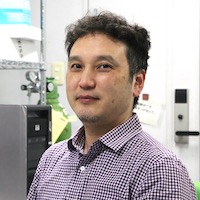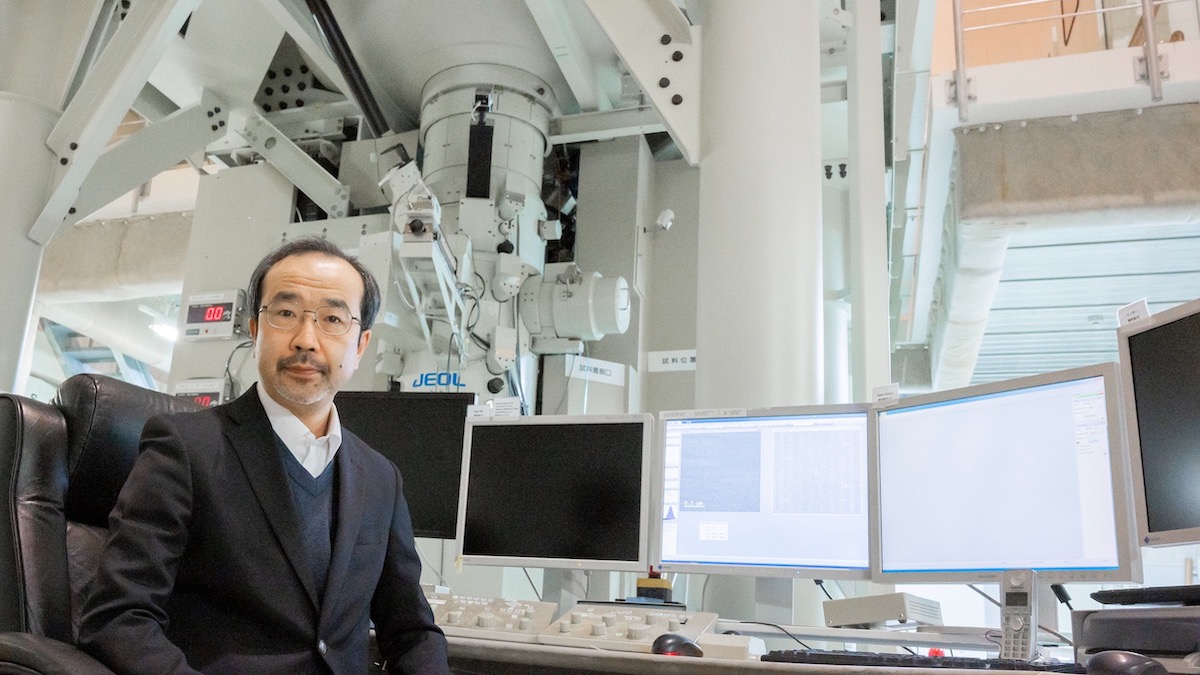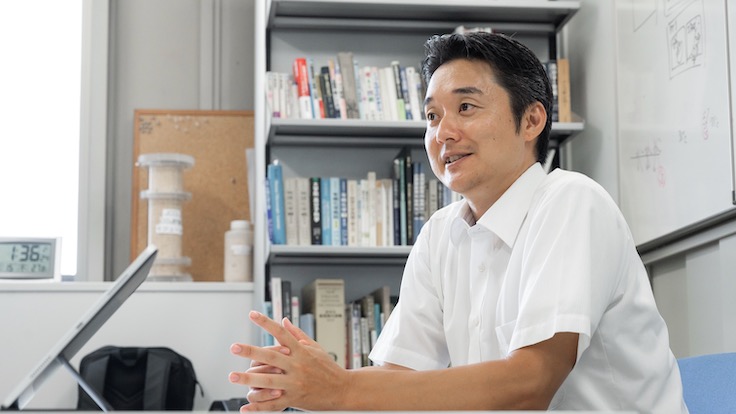Do you want to build an immune system?
with Prof. Shinichiro Sawa
Our immune system is up there as one of the most complex and intertwined pieces of cellular machinery housed in our body. As it should be, the immune system protects us from all manners of diseases in multiple layers of physical, chemical, and genetic barriers.
With everything else that is our body, the immune system was built from a single cell. That cell would divide to form different populations of cells and—through dizzyingly complex interconnected molecular pathways—build our body. Uncovering the blueprint on how something as fundamental as the immune system is built is the domain of Prof Shinichiro Sawa of Kyushu University's Medical Institute of Bioregulation.
"As incredible as the immune system is in protecting us, due to its involvement in so many moving parts, its disfunction can lead to many diseases. For example, allergies happen when certain substances put your immune system into overdrive. Arthritis happens when the immune system attacks the joints. Type 1 diabetes is caused by the immune system attacking the insulin producing cells in the pancreas," explains Sawa.
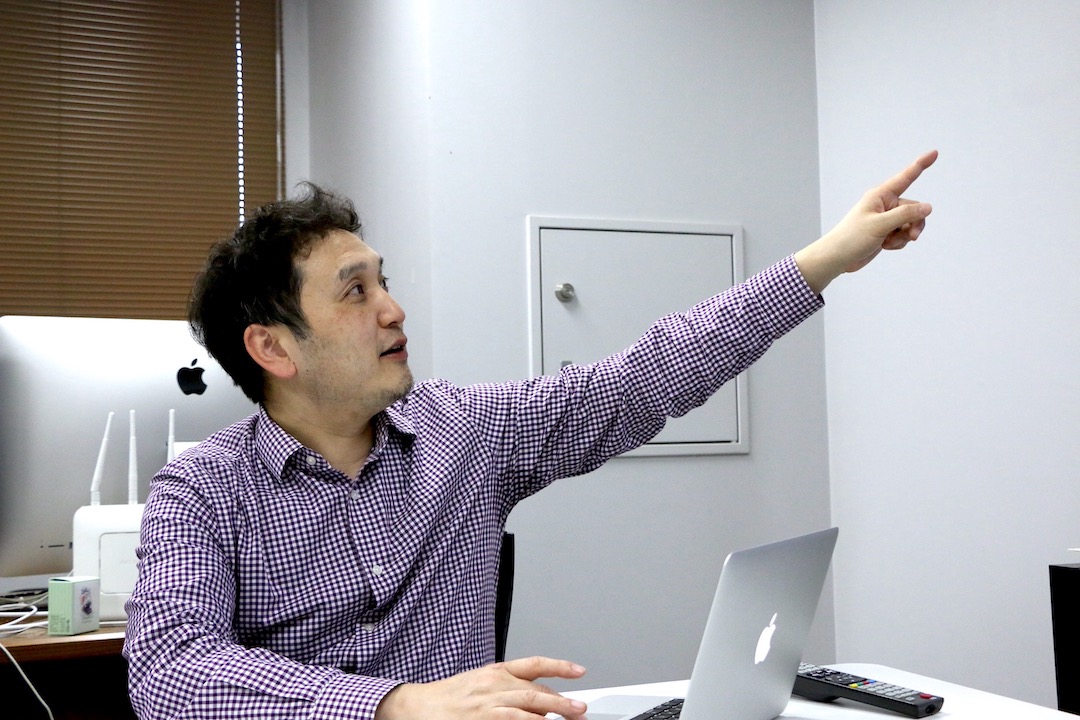
"One of the best ways of understanding why these diseases happen, is to know how the system was built in the first place. Development and pathogenesis are inextricably linked. Knowing how things develop is key to understanding how they break."
Sawa's lab focuses on the development of two types of immune tissue: bone marrow and lymph nodes.
Lymph nodes are the glands throughout your body that filter out pathogens and readies the body to fight an infection. Bone marrow is the tissue found in the center of bones, and are the factories that produce new blood cells including immune cells and red blood cells, a process known as hematopoiesis. Recently, Sawa and his team have been investigating how exactly bone marrow forms, attempting to identify the cellular and molecular players.
"Bone marrow forms in quite an interesting way. At the beginning, a developing bone is solid, then cells called osteoclasts 'hollow out' the center of the bone and build the components for bone marrow," explains Sawa. "Osteoclasts are also fundamental in bone remodeling as an adult. Our lab is trying to figure out where these osteoclasts come from."
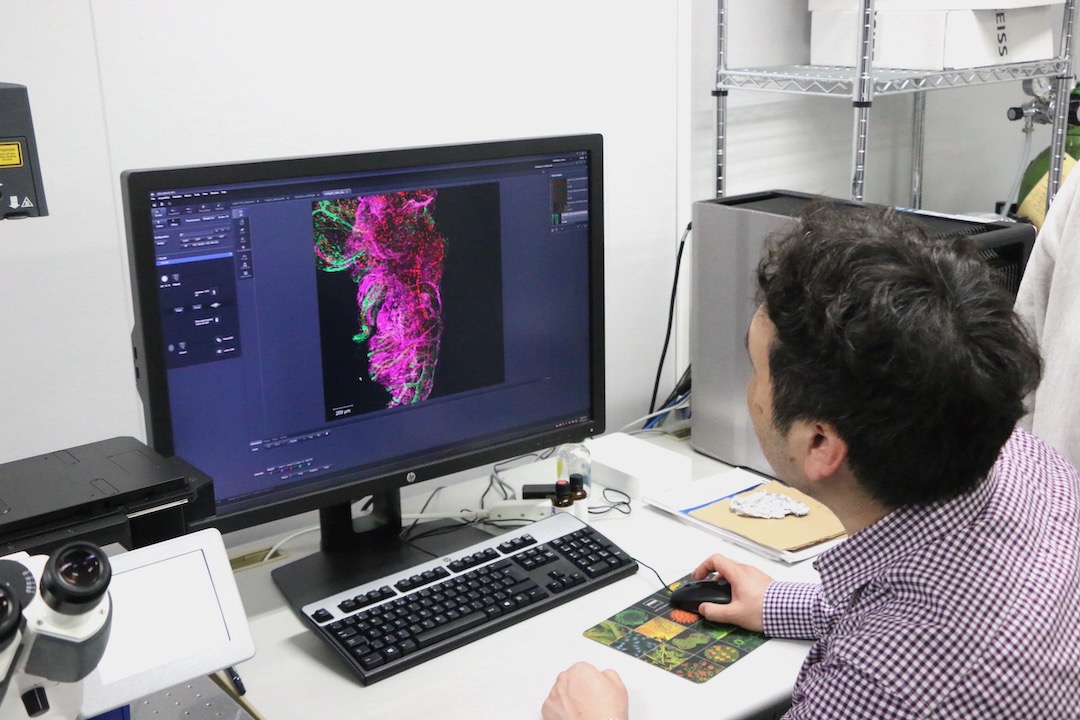
According to Sawa, his team has been finding new cell types that guide osteoclast function at the early stages of bone marrow development. Uncovering their function can possibly lead to better understanding of how immune cell production sites are formed as well as bone related pathologies like osteopetrosis.
Sawa's research in lymph nodes development on the other hand is looking directly at how the DNA itself changes during development,
"One of the key things we look at are transcription factors, these are proteins that attach to DNA to stop or start the process of DNA transcription. In an organism's development how transcriptions factors functions can greatly alter the fate of the cell," explains a bright-eyed Sawa. "In recent years, researchers have been looking into exactly where and how transcription factors attach to DNA to understand their mechanism of action. Our lab is studying a transcription factor called RORᵧt, a key factor for developing lymph nodes and t-cells, but also involved in diseases like inflammatory bowel disease."
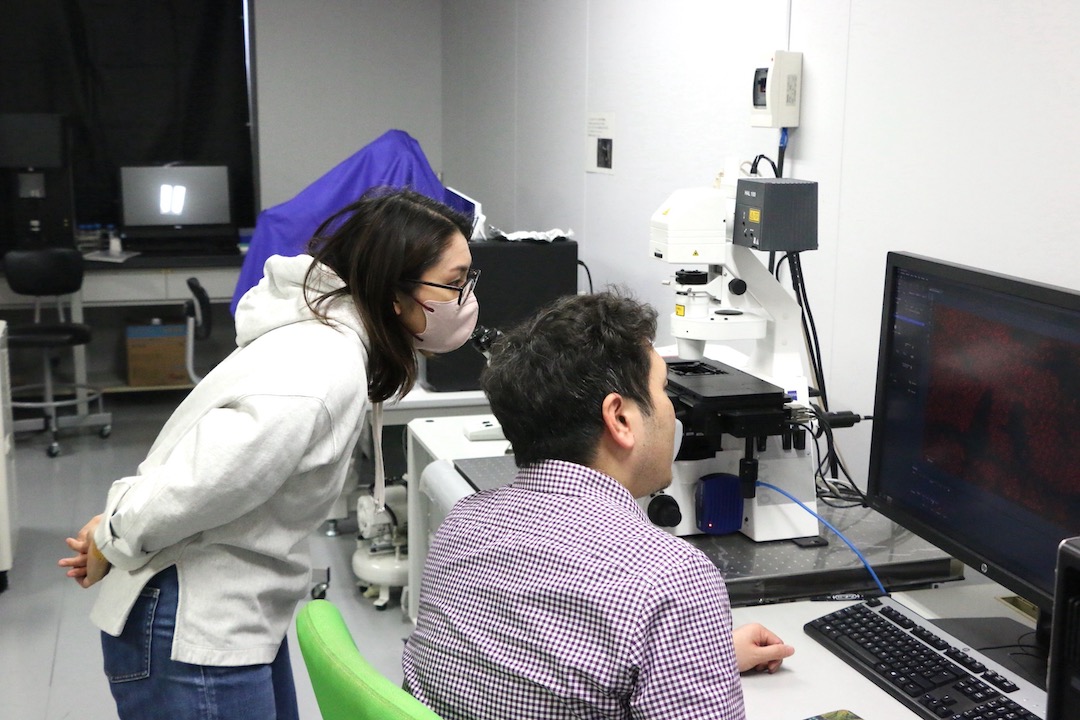
The team's recent work has revealed new mechanisms on how RORᵧt attaches to DNA to induce development.
"This expression leads into the next wave of expression which leads into the next wave, and so on. As we uncover the precise timing and mechanisms of each step, we get closer to revealing the whole picture of how the immune system develops," Sawa explains.
Understanding how the immune system works is a not an easy task, figuring out how it was built in the first-place sounds down right herculean.
"The foundation of your immune system is built at around the age of six months, and how that foundation is formed can sway your entire life." concludes Sawa. "How the immune system maintains a balance with itself, and your body, is nothing short of amazing."
































